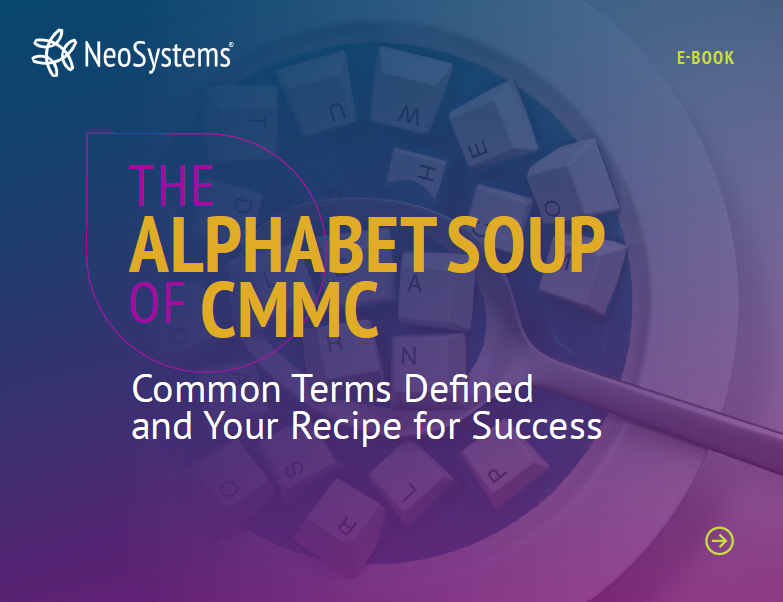It should go without saying that government contractors handling controlled unclassified information (CUI) must prioritize robust cybersecurity measures to protect sensitive data. The National Institute of Standards and Technology (NIST) has developed Special Publication 800-171 (NIST SP 800-171), a comprehensive set of guidelines to help organizations safeguard CUI. In this section, we will cover what NIST SP 800-171 is, why and when certification is necessary, the requirements of NIST SP 800-171, its comparison to the Cybersecurity Maturity Model Certification (CMMC), and the steps needed to obtain certification for your company.
What Is NIST SP 800-171
What Is NIST SP 800-171?
NIST SP 800-171 provides a framework of security requirements for protecting the confidentiality of CUI in non-federal information systems and organizations. Its goal is to ensure that organizations that handle CUI implement adequate security controls to prevent unauthorized access, disclosure, or loss of sensitive information. NIST SP 800-171 was designed to apply to contractors, suppliers, and other entities that interact with the U.S. federal government and handle CUI.
Why & When Is NIST SP 800-171 Certification Necessary?
NIST SP 800-171 certification is necessary for organizations that handle CUI, as it demonstrates their commitment to protecting sensitive information and complying with federal regulations. Here’s why and when certification is important:
- Compliance: Many government contracts and agreements now require compliance with NIST SP 800-171 as a condition of doing business. Certification is essential to meet contractual obligations and maintain business opportunities with the federal government.
- Security Best Practices: NIST SP 800-171 provides a comprehensive set of security requirements derived from industry best practices. Compliance ensures your organization follows these guidelines to protect CUI from cybersecurity threats.
- Risk Mitigation: Implementing NIST SP 800-171 controls mitigates the risk of data breaches, unauthorized access, and reputational damage that could arise from the mishandling of CUI.
Are you a GovCon learning about CMMC? Get started with our free guide covering terminology and more.
What Are The Requirements Of NIST SP 800-171?
NIST SP 800-171 outlines 14 families of security requirements encompassing 110 controls. These controls are divided into three categories: basic, derived, and organizational. Some key requirements include:
- Access Control: Establish and enforce access controls to limit system and data access to authorized personnel only.
- Incident Response: Develop and implement an incident response capability to detect, respond to, and recover from security incidents.
- Media Protection: Protect and control media containing CUI to prevent unauthorized access, damage, or theft.
- Personnel Security: Implement measures to ensure the proper screening, training, and supervision of personnel with access to CUI.
How Does It Compare To CMMC?
While NIST SP 800-171 focuses on protecting CUI, the Cybersecurity Maturity Model Certification (CMMC) encompasses a broader range of security requirements for organizations seeking to do business with the U.S. Department of Defense (DoD). Here are some key differences:
- Scope: NIST SP 800-171 applies to non-federal organizations that handle CUI, while CMMC applies specifically to DoD contractors and suppliers.
- Framework: NIST SP 800-171 provides a set of security requirements, whereas CMMC includes multiple levels of certification based on an organization’s cybersecurity maturity.
- Third-Party Assessment: NIST SP 800-171 does not require third-party assessment for certification, whereas CMMC mandates assessment by certified third-party assessors.
How Can I Obtain A CMMC Or NIST 800-171 Certification For My Company?
To obtain CMMC or NIST SP 800-171 certification for your company, follow these steps:
- Understand the Requirements: Familiarize yourself with the specific requirements of CMMC or NIST SP 800-171 and assess your organization’s current cybersecurity posture.
- Gap Analysis: Conduct a gap analysis to identify areas where your organization may fall short of the required controls and develop a plan to address these gaps.
- Implement Controls: Implement the necessary security controls and practices outlined in the respective frameworks to meet the certification requirements.
- Documentation and Evidence: Document your compliance efforts and gather evidence of implementation, such as policies, procedures, and system configurations.
- Certification Assessment: Engage a certified third-party assessor to evaluate your organization’s compliance with the specific certification framework.
- Remediate and Reassess: Address any identified deficiencies and undergo reassessment, if necessary, until all requirements are met.
Obtaining CMMC or NIST SP 800-171 certification demonstrates your organization’s commitment to cybersecurity and compliance with federal regulations, boosting your reputation and opening doors to new business opportunities.
Partnering with cybersecurity experts like NeoSystems who specialize in CMMC and NIST SP 800-171 compliance can provide valuable guidance and support throughout the certification process. We’ll help your organization achieve and maintain a strong security posture while meeting the necessary certification requirements.
Make the Move
Ready to start down the road to CMMC certification? Contact NeoSystems today to learn more about our
CMMC compliance solution & services!












